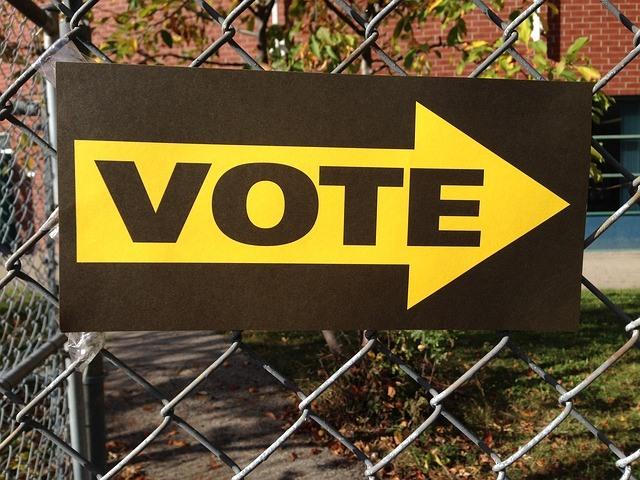4 Steps to Turn the CEO’s Vision Into Reality


By Carey Rome
Execution can make or break any CEO. The inability to execute on vision and strategy results in an estimated 70 percent of all CEO failures.
It was one of the reasons Leo Apotheker was ousted from Hewlett-Packard. The same could be said for Ron Johnson’s removal at JCPenney and Carol Bartz’s demise at Yahoo.
But the responsibility of envisioning, developing and executing a company strategy doesn’t rest just with the CEO; it’s a challenge for the entire executive team. And because the CEO’s success or failure depends greatly on the C-suite executives beneath him, these executives necessarily share in the consequences of success or failure.
In 2007, Harvard Business Review analyzed executive turnover, and the findings were clear: CEO turnover drastically increases executive management turnover, with about 20 percent of upper managers exiting with the CEO. So, the pressure to succeed doesn’t rest solely on CEOs, and those who wait for directives will quickly find themselves falling behind.
Obstacles facing CEOs
The very structure of today’s companies can pose challenges for CEOs and the executive teams beneath them. Although a department-first focus is necessary for CMOs, CFOs, CTOs and the like, it can also lead to dangerous silos. Engineering challenges are important for marketing and sales teams to know, and improper interdepartmental communication can result in frustrated customers with outdated or incorrect information. Without a CEO’s top-down view, these inadvertent silos can cause strategic blunders and lost revenue.
Organizations also run into problems when executive teams attempt to protect the CEO from the truth. Too many executives water down issues, failing to see that bluntly relaying challenges to the CEO is the best way to support the company.
Enabling CEO success
Considering the challenges your CEO faces, how exactly should you collaborate with him to position the company for a more successful future?
1. Understand and clarify the CEO’s vision
To appreciate how your efforts might affect other areas of the organization, your CEO’s vision must be clear to the entire C-suite. This understanding will inform how you execute your department’s role in that vision.
I use a process I call the “Four C’s for Clarification” to help CEOs explain their visions to executive teams. The first step is capture: Ask the CEO to describe his vision as he might to an architect building his house. What is his big-picture view? As an upper manager, it’s then your job to fill in the actionable details — just as the architect of a house makes executive choices about details such as room dimensions or roof slope.
Context is the second C: Why does the CEO think a certain strategy is the right move? By having her explain her decision-making, the entire executive team gains deeper insight into the reasoning and goals behind a given strategy.
The third is clarity: C-suite members should individually discuss their departments’ action steps with the CEO. This helps identify any potential pitfalls, interdepartmental ripples or money sinks the plan might create.
Last, seek cohesion: Once the CEO’s strategy and action plan is developed, it’s time to get every team member on board. How can your department (and the entire organization) function as one to implement the CEO’s plan?
2. Deliver on that vision
Talking strategy is never enough; you must be able to execute on it. Demonstrate a true understanding of the CEO’s vision by developing and circulating a plan that executes your part of it — and doesn’t sabotage the management efforts of other areas in the process, of course.
I recently attended an executive team workshop for one of my clients. The CEO originally wanted to diversify one action-step into three distinct campaigns. I disagreed with this strategy, but rather than speaking up myself, I prompted his team members for their ideas. They overwhelmingly agreed with my own assessment, and that was to eliminate the other two distractions and give focus to a single course of action.
The best thing you can do to support the CEO at this stage is to guard against pet projects and distractions. Returning to the residential-construction analogy, actually building the house should be the team’s first and foremost priority. Side projects, such as landscaping, might raise the home’s value, but they’re meaningless until the house itself is built.
Projects tend to lose cohesiveness and sap resources when distractions are allowed to grow, often hamstringing the company’s ability to deliver on the CEO’s vision.
3. Straightforwardly communicate challenges
You’re not doing anyone any favors by sugarcoating issues. Notify CEOs of any challenges, and do it in three phases. Start with a general warning of potential problems. Then, outline what you’re doing to gather the facts and when the CEO can expect these facts. Last, offer up your solution to the problem.
One very real danger while communicating challenges is adding complexity. While you might view it as giving context, the CEO is likely to get hung up on peripheral distractions rather than the single decision to be made. Instead of giving too much context, ask yourself: What’s the root cause of this issue, and what is the decision to be made? Realize the CEO is busy and that smaller concerns can wait for another day.
4. Own your leadership role
Play your part and take full ownership of your leadership responsibilities. Strong leadership requires the courage to ask for additional resources when you need them, to deliver bad and good news with equal fervor, and to admit mistakes before they snowball into companywide catastrophes.
Always offer solutions. If you just relay problems to the CEO with no ideas on how to fix them, then you won’t be long for the job. Instead, be specific: If a project requires additional funds, then say so explicitly and calmly. First, describe the unexpected costs. Next, explain why your project merits the funds. Finally, make a clear request: How much money do you need, when do you need it, and what will the expenditures accomplish?
It’s your responsibility to add value to the organization, and there’s nothing more valuable to a CEO than an understood vision and a well-executed plan. Don’t wait to be led. Step up and lead in both good times and bad. Real value and growth come in our most challenging moments.
Image credit: Pixabay
Carey Rome is the founder and CEO of Cypress Resources, a management consulting firm based in Birmingham, Ala., with more than 15 years of experience helping business executives reach their goals. He has served as an adviser to business leaders at mid-sized to Fortune 1000 companies.


















